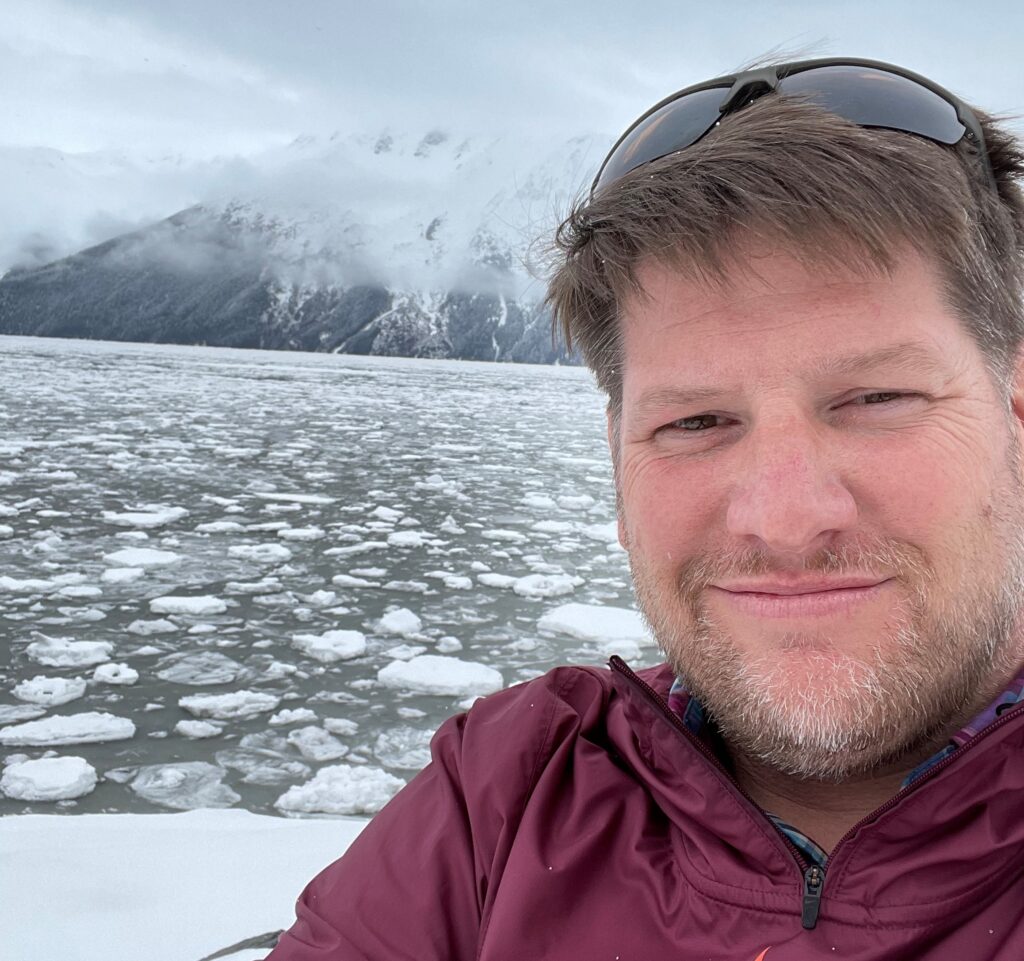
Stakeholder Spotlight – VT-ARC
Tell us a little about your organisation. How do the areas of nanotechnology and sustainability impact your work?
Our work IS nanotechnology and sustainability! At Virginia Tech’s NanoEarth center, we support users all around the world seeking to understand the interactions of nanoscale particles with environmental systems. We help enable discoveries that lead to better understanding of how nanoparticles impact health and how nano-enabled systems can be designed to improve environmental quality and global sustainability. Personally, I’m very interested in helping entrepreneurs recognize the opportunities to translate these discoveries into innovations that solve societal challenges.

What is the newest/most innovative development in nanotechnology that your organisation is exited about now?
After a year of quarantine, it’s hard not to get excited about vaccines right now (particularly the nanoscience enabling them!) and the potential to gather with my colleagues again. As a US participant in NanoFabNet, I looked forward to spending time with my European friends developing international strategies around sustainable nanotechnology. The lockdown began just as we would have kicked off NanoFabNet in Brussels. We’ve had many great Zoom chats but it’s not the same as being together to work through these challenges in person.
What do you think is the most important thing (tool, process, support, etc.) that is needed right now to help grow and strengthen the nanotechnology community?
Two things: sustainable infrastructure and nanotechnology entrepreneurship training. Nano tools and facilities are expensive but they’re vital to enable work at the nanoscale. They can become outdated or fall into disrepair, and it can be challenging to find capable operators. Crumbling infrastructure constrains progress. Nations must commit to invest in and sustain their nanotechnology infrastructure – including people and tools – to support nano-enabled discovery for decades to come. Nations that do will excel; those that do not, will be left behind. Next, there’s the challenge of translating nano-enabled innovations to meet societal needs. Nanotechnology entrepreneurship is quite different from bringing a mobile app or medical treatment to market and we need training programs that address those unique differences. We need to engage, inspire, and train a new generation of entrepreneurs who can help translate nanotechnology discoveries into practical innovations that solve real-world problems and meet market needs.
What do you think are important factors or influences that will affect the direction of the nanotechnology community in the future?
Many think that one of the greatest challenges in the nanotechnology community is to convey just how astronomically small a nanometer is. I agree that’s a tough one! But I think an even greater and more urgent challenge influencing the direction of the nanotechnology community is the need to confront a sense of complacency or indifference about the field, which I find both puzzling and disheartening. We need to convey to funding agencies and decision-makers that even though it “feels like” we’ve been at the nano game for a while, we’re really only just now getting started. And that speaks more about the vast potential of the field than it does about what we’ve achieved over the last two decades. There’s so much more to come but only if we can sustain investments in the field AND demonstrate near-term returns on those investments in terms of innovation, job creation, and economic prosperity. For example, nano has played a huge role in terms of helping us get through the pandemic – from masks to vaccines. People need to know that so that they can see first-hand how public and private investment in nanotechnology can benefit them down the road! Our NanoFabNet leader, Dr. Steffi Friedrichs and Dr. Diana Bowman recently provided a wonderful illustration of the return on our collective nano investments in their recent Nature Nanotechnology article entitled COVID-19 may become nanomedicine’s finest hour yet. Our community needs more of this!
Written by: Matthew Hull (Virginia Tech Applied Reseach Corporation/ NanoFabNet Consortium). For more information in VT-ARC, visit their website: https://vt-arc.org

